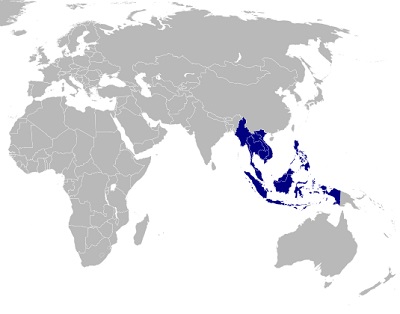The highly popular social messenger app is playing a massive role in shopping and spending.
WeChat has a massive 600 million monthly users and has become a regular part of everyday life in China not only for sharing pictures and updates with friends and family, but also presenting enormous mobile commerce opportunities as people tell each other what they’re buying, where they’re eating and are even using it to hail a taxi when they’re ready to head home at night.
With this considerable opportunity in front of them, retailers are using this mobile app to reach consumers.
It isn’t just relying on mentions from users anymore. Mobile commerce has become a central component of the WeChat experience, as people send their orders to the nearest coffee shop so that it will be ready when they arrive, they are browsing the latest designer fashion collections, and are even designing their own custom pairs of Nike shoes. It can be used to plan vacations, count the number of steps taken every day, share photos, order meal deliveries, keep up with the news, and take part in a conference call.
This mobile commerce experience over the WeChat was originally founded in 2011 by Tencent.
 It has risen to a point that is much larger than the experiences that are commonplace over m-commerce in most other parts of the world. In fact the experience offered to consumers in China who are often mobile-first, seems as though it is completely futuristic to areas of the world that have the same device penetration but that are not adopting mobile shopping to nearly the same degree.
It has risen to a point that is much larger than the experiences that are commonplace over m-commerce in most other parts of the world. In fact the experience offered to consumers in China who are often mobile-first, seems as though it is completely futuristic to areas of the world that have the same device penetration but that are not adopting mobile shopping to nearly the same degree.
According to McGann-Zhang co-founder and native of China, Yichi Zhang, “It’s an ecosystem,” adding that “In China, you have to use it.” Zhang explained that the user experience that is provided over WeChat is exactly what developers in every American industry – from retail to technology and publishing – have been attempting to create within the smartphone environment.
Bomoda CEO, Brian Buchwald, stated that when it comes to mobile commerce over WeChat, “They’re doing things we’re simply not doing in the U.S.” He also pointed out that China is doing exactly what they need to do to access its markets through mobile payments and apps for the first time, in the same way that one would “if you were going to start a city from scratch.”

 In Indonesia, 36 percent of respondents said that they were using mobile commerce, while 34 percent of those from mainland China were shopping over their smartphones and tablets. In Taiwan, that figure was not far behind at 28 percent.
In Indonesia, 36 percent of respondents said that they were using mobile commerce, while 34 percent of those from mainland China were shopping over their smartphones and tablets. In Taiwan, that figure was not far behind at 28 percent.